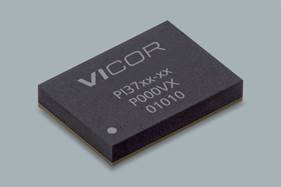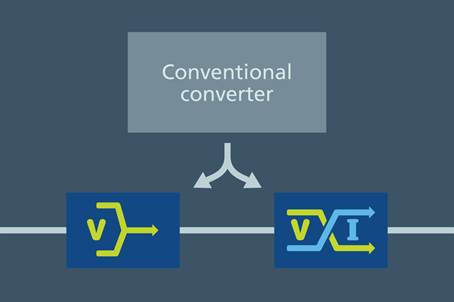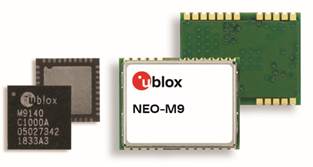三管齐下解决噪声问题
You’ve got noise in your circuit? Where do you look to find it? What source do you consider as the culprit? You can assign your noise to three fundamental categories, each with its own set of noise-reduction methods: device noise, emitted (or radiated) noise, and conducted noise. If you can find the category that your noise problem fits into, the noise-reduction approaches become readily apparent.
Device noise is just what you would assume. Passive components and IC chips generate noise in this category. For instance, passive resistors, whether they are components or within the IC chip, generate a minimum noise that equals  , where K is Boltzmann’s constant (1.38×10–23), R is the resistance that you are evaluating, T is the temperature in Kelvin, and BW is the bandwidth in your evaluation. Generally, capacitors and inductors are not noise generators of any consequence, unless you embed them in a switching network. Going forward, you can easily quantify the noise that IC chips generate by examining product data sheets. Reducing resistance or using lower noise IC chips can easily impact the device noise in your circuit.
, where K is Boltzmann’s constant (1.38×10–23), R is the resistance that you are evaluating, T is the temperature in Kelvin, and BW is the bandwidth in your evaluation. Generally, capacitors and inductors are not noise generators of any consequence, unless you embed them in a switching network. Going forward, you can easily quantify the noise that IC chips generate by examining product data sheets. Reducing resistance or using lower noise IC chips can easily impact the device noise in your circuit.
If you are looking for sources that generate noise, you would next examine the origins of radiated or emitted noise. Radiating sources, such as inductive switching transformers or motors are prime noise-generating suspects. Another, not-so-obvious source of this type of noise is the close proximity of your analog and switching digital pc-board traces. You can also accumulate this type of noise in your system by building circles or ground loops with your traces and unintentionally installing an antenna. Once you understand the source of radiated noise, the solution to your noise-reduction problem will become apparent. For instance, you can increase the distance between analog and digital traces. You can rotate inductive switching systems so that the magnetic fields radiate in a different direction from your sensitive circuitry. But most important, always include an uninterrupted ground plane on your pc board.
Even after taking all of the noise-reduction precautions, you may still have a noise problem. If you cannot reduce resistances in your circuit or find low-noise devices, you will have conducted noise in your pc-board traces. Conducted noise is simply noise that resides in your traces as a consequence of device noise or radiated noise. A common noise generator is a required switching power supply, which you might need because of its good efficiency. You could also have 50- or 60-Hz noise riding on your pc-board traces, but, in all of these cases, whether the noise originates as device noise or radiated noise, the noise now resides in your pc-board traces as conducted noise. Sometimes, the only approach to this type of noise is to implement noise-reduction filters. You also need to examine all ground- and power-return paths and, once again, a continuous ground plane is preferable. And, by all means, make sure that you are using appropriate bypass capacitors on your active devices.
Your circuit noise will never equal zero. If you need a good, clean-running circuit, it is critical that you identify the source or origin of noise in your circuit. Once you find that source, whether it is device noise or radiated noise, you can implement noise-reduction techniques in your system to bring the circuit noise to tolerable levels. As a preventive measure, you should think about the devices that you select during the design stage. While you work on your layout, use effective layout practices by separating the analog from the digital, eliminating ground loops, and keeping traces as short as possible. Additionally, minimize the effects of radiated noise in your circuit’s environment. Finally, when all else fails, good power- and signal-trace filtering may reduce your noise to tolerable levels. A word of caution: Don’t go overboard and make your circuit as perfect as you can. On the contrary, design your circuit to be good enough and no better.





